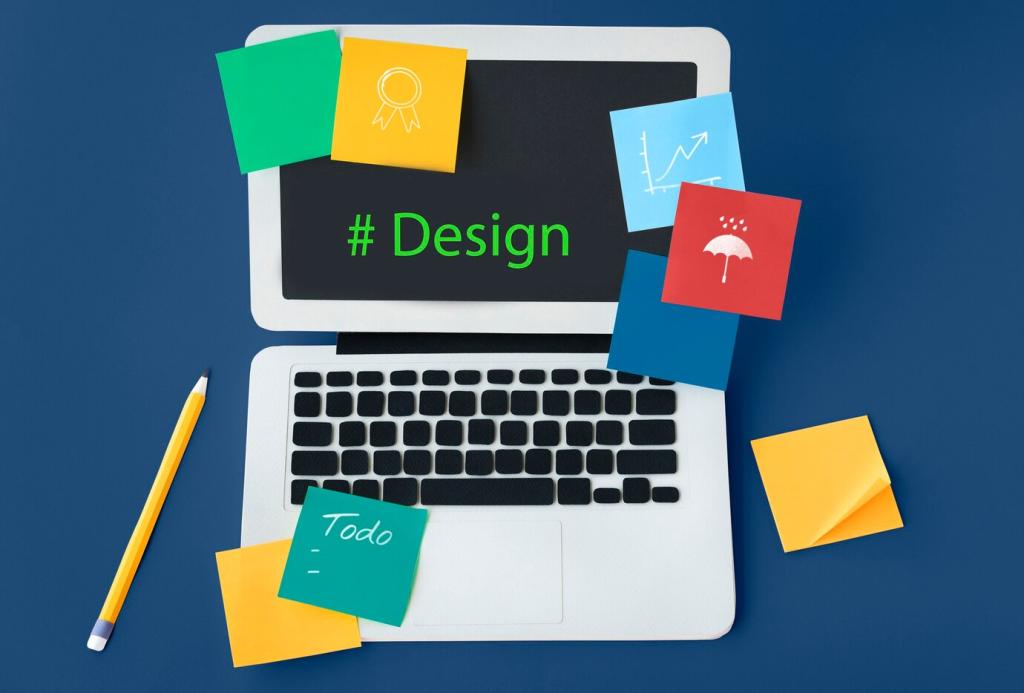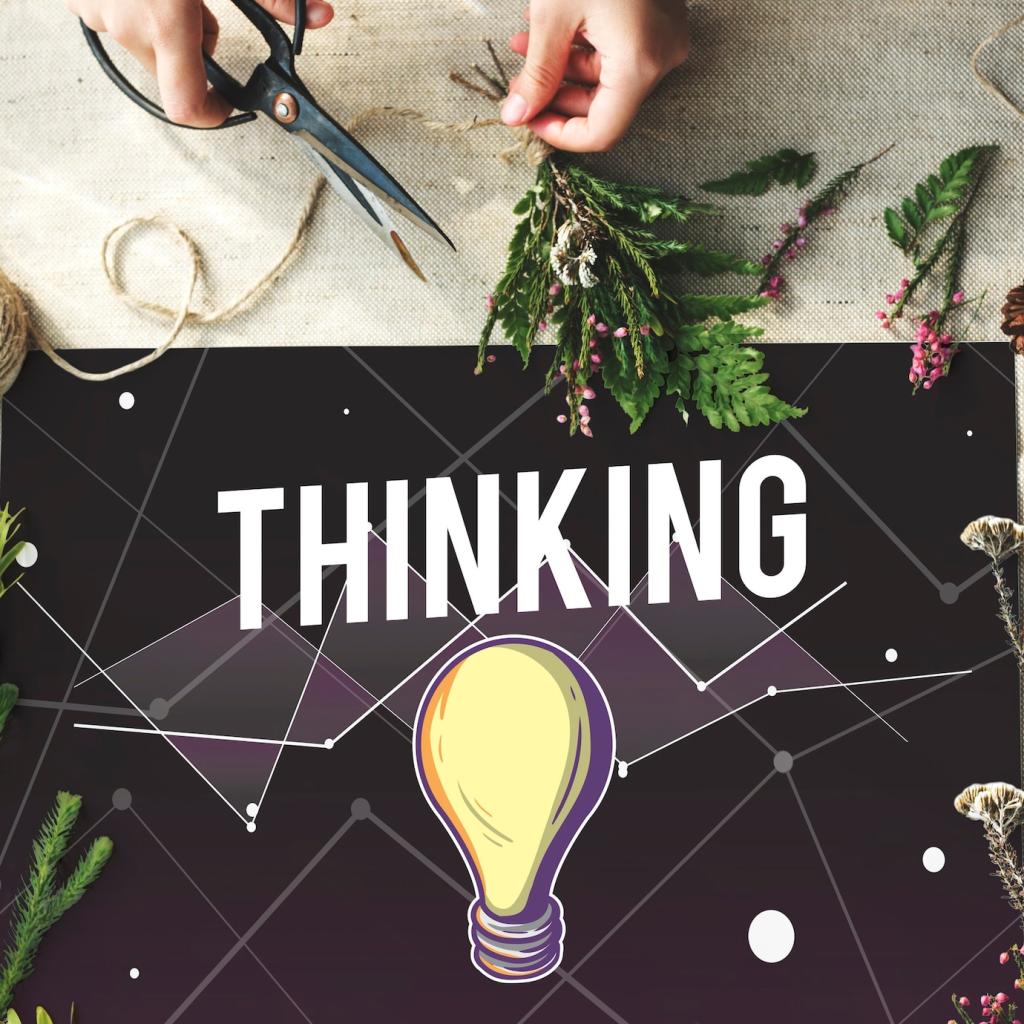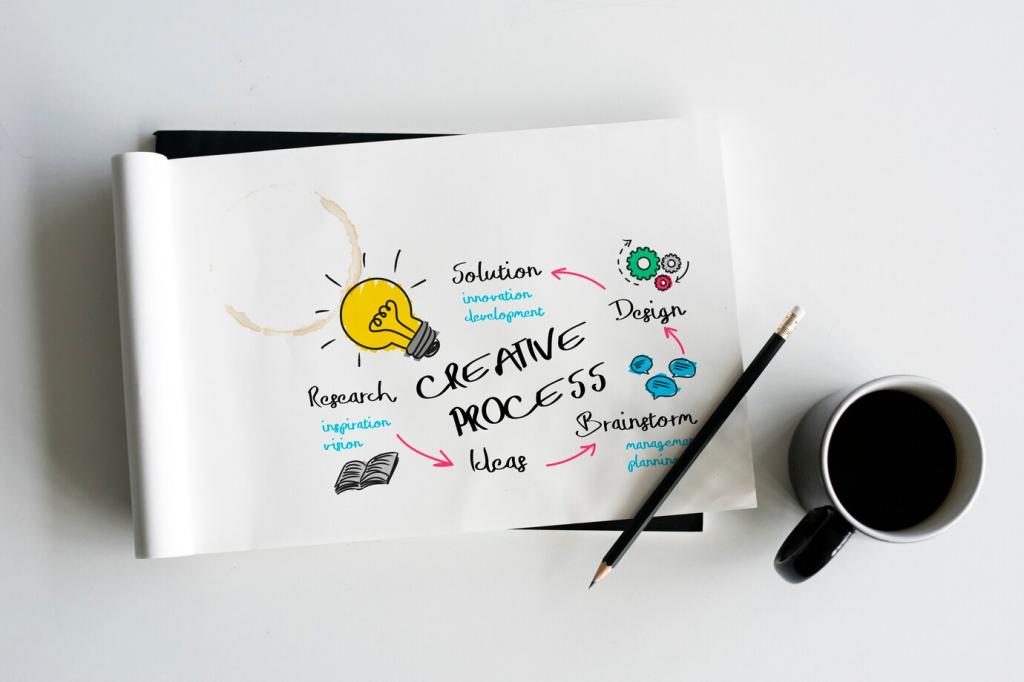
Cutting-Edge Virtual Interior Staging Strategies
Welcome to the world of cutting-edge virtual interior staging strategies, where technology meets creativity to transform empty or outdated spaces into vibrant, market-ready homes. Leveraging advanced digital tools, real estate professionals and homeowners now have access to powerful visualization techniques that can make any listing stand out online. Virtual staging not only saves time and money but also captures the imagination of potential buyers, allowing them to envision the true potential of a property before ever stepping inside. On this page, discover how state-of-the-art solutions and industry best practices are revolutionizing the art and science of interior staging.
The Power of Photorealistic Rendering
Advanced Lighting Techniques
Lighting plays a pivotal role in shaping mood and atmosphere within a rendered room. By replicating natural sunlight, artificial ambient light, and even time-of-day effects, virtual staging platforms can showcase a property’s full potential. This careful orchestration of light not only highlights the architecture but also imbues each space with warmth and character that feels unmistakably real. Through advanced rendering, subtle shadows and reflections are reproduced to an incredible degree of accuracy, making it almost impossible to distinguish a digitally staged room from a professionally photographed one. As a result, buyers experience a genuine sense of what living in the space would feel like, encouraging stronger emotional investment.


Interactive Navigation and User Control
3D walkthroughs provide an unprecedented level of engagement by letting viewers control their journey through the virtual space. Using intuitive navigation tools, users can move from room to room, explore different viewing angles, and even inspect details such as finishes, artwork, or fixtures. This interactive freedom builds a personal connection with the property, fostering confidence and excitement. Unlike static images that force a narrative, immersive tours empower buyers to focus on what matters most to them, deepening their sense of ownership and prompting faster decision-making.

Animated Features and Environmental Effects
To further elevate realism, advanced 3D tours integrate animated elements such as opening doors, adjusting lighting, or simulating daylight changes. Environmental effects, like plants swaying gently in a virtual breeze or fireplaces softly glowing, immerse viewers in palpable ambiance. These dynamic touches transcend traditional staging by enabling potential buyers to witness a property’s flexibility—for example, how lighting shifts throughout the day or how different décor arrangements might affect a space’s character. Such features create memorable experiences that stick with buyers long after the tour ends.

Customizable Design Options
Immersive tours now include on-the-fly customization capabilities, giving viewers the power to alter furniture style, wall colors, or room layouts in real time. This interactivity satisfies modern buyers’ desire to personalize their living environments and visualize how their own tastes would manifest in the space. By experimenting with décor and configurations, prospects gain valuable insights into a home’s adaptability, increasing the likelihood of emotional attachment. Customization options also demonstrate the property’s potential for transformation, addressing buyers’ concerns and inspiring their imagination with every click.

Automated Style Matching
Machine learning algorithms analyze a property’s architectural features, lighting conditions, and even target buyer preferences to select optimal furniture styles and layouts. Whether modern, traditional, or eclectic, the system automatically curates décor that complements the space, ensuring each room feels both harmonious and distinctive. This approach removes guesswork and reduces the time spent on manual design, allowing real estate professionals to present consistent, market-appropriate staging. The resulting interiors feel intentional and on-trend, creating instantly appealing environments that capture attention in crowded listings.

Intelligent Color Coordination
Color is fundamental to a room’s ambiance and perceived size. AI-enhanced staging tools evaluate a property’s fixed elements—such as flooring, cabinetry, and window frames—then propose color palettes that coordinate seamlessly with virtual furnishings. These systems reference thousands of design precedents and consumer trend data to produce spaces that are both visually cohesive and emotionally resonant. With AI doing the heavy lifting, sellers avoid clashing hues or outdated schemes, while buyers are greeted with contemporary, compelling interiors that inspire trust in the property’s appeal.

Previous slide
Next slide
Personalization for Target Markets
Demographic-Driven Themes
For families, professionals, or retirees, personalized staging translates into higher engagement. Family-friendly homes might feature playrooms and cozy communal spaces, while urban condos are styled for chic minimalism suited to young professionals. These thematic cues are communicated visually, helping buyers instantly identify with the space. By mirroring the likely occupants’ aspirations and needs, properties become more than just listings—they become canvases for buyers’ future lives, driving emotional investment and real-world action.
Lifestyle and Hobby Showcases
Beyond broad demographics, staging can appeal to unique lifestyles and hobbies. Craft rooms, home gyms, or music studios are virtually added, letting buyers envision their passions thriving within the walls. For pet lovers, built-in feeding stations or fenced yards can be staged to highlight the home’s suitability for furry friends. These bespoke touches aren’t just clever—they’re transformative, shifting attention from generic features to highly-specific, memorable selling points that differentiate the listing in competitive markets.
Seasonal and Event-Based Adaptations
Timing is everything in real estate, and adapting virtual staging to seasons or special events can create timely appeal. Cozy vignettes with fall foliage, festive winter decorations, or inviting summer patios position the property as the perfect fit for the moment. Event-based setups—like dining areas staged for holiday gatherings—resonate with buyers planning for big life moments. This seasonal adaptability keeps listings fresh, relevant, and tuned to buyers’ immediate desires, further encouraging them to linger, dream, and ultimately decide.
Streamlined Collaboration and Revision Processes
Real-Time Feedback Platforms
Modern virtual staging platforms allow stakeholders—sellers, agents, designers—to provide instant feedback on proposed layouts or décor choices. With cloud-based interfaces, changes can be suggested, discussed, and implemented in real time, shortening project timelines and ensuring all voices are heard. This responsiveness not only improves final staging outcomes but also minimizes costly miscommunications, leading to more focused and buyer-aligned results.
Version Tracking and Visual Comparison
Advanced systems enable users to compare multiple staging versions side-by-side. Whether deciding between color schemes or layout options, clear visual comparisons cement confident decisions. Revision histories allow users to track design changes over time, ensuring that no promising idea is lost and stakeholders can revert to previous stages if needed. This archival functionality fosters creative experimentation while maintaining order and oversight throughout the project lifecycle.
Interactive Revision Requests
Today’s virtual staging is more collaborative than ever, with platforms offering structured channels for submitting, tracking, and implementing revision requests. Sellers might ask to see a different sofa style, lighter wall colors, or alternative art selections, and designers can respond quickly and efficiently. This streamlined feedback loop ensures that the final staged product aligns perfectly with the seller’s goals and market demand. By prioritizing transparency and efficiency, these workflows turn potential bottlenecks into driving forces for innovation.
Data-Driven Staging Performance Analytics
Deep integration of analytics tools allows real estate professionals to monitor user engagement on staged listings. Metrics such as time spent on images, frequency of 3D tour interactions, and heatmaps highlighting most-viewed areas offer real-time visibility into what attracts buyers. This engagement data not only demonstrates the effectiveness of current strategies but also guides the optimization of future staging efforts, ensuring every digital dollar is well spent.

